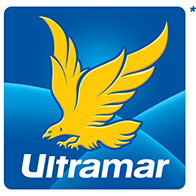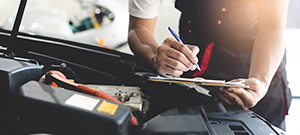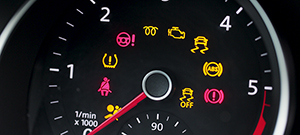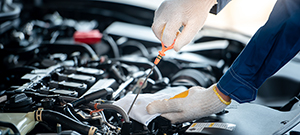What to Check When Buying a Used Car
Jan. 12, 2023
Jan. 12, 2023
It’s not always possible to have a mechanic check a used vehicle you are interested in buying. If you’re buying from a private owner, it’s a good idea to know a little bit about cars or at least how to ensure that the vehicle is in good condition and that you are making the right choice.
We have prepared this checklist to help you conduct a thorough first inspection of the vehicle to detect potential problems and make a more informed decision.
-
Of course, start by looking at the vehicle’s mileage and year of manufacture. You should be wary of an old car with low mileage for two reasons:
1. The odometer may have been tampered with to read lower than the actual mileage.
2. A vehicle ages and rusts when not in use. It is not necessarily a good thing if the vehicle has been parked for long periods.
-
When buying a used car from a stranger, it is always a good idea to have it checked by a mechanic before concluding the purchase!
-
Learn more about the model and its year of release online: check for recalls and any serious problems with that make and model.
-
Check the value of a vehicle of the same year to determine if the asking price is reasonable.
-
Check the maintenance history to see if the owner had regular maintenance done on the vehicle: annual checks, repairs, oil change at least every 5,000 kilometres, wheel alignments, etc.
-
Check the alignment of the trunk, hood and any joints: the space between the doors and the body should be equal everywhere. Beware if you notice spots where this space is narrower or wider. This may be a sign that the car has been in an accident in the past.
-
Do the seat buttons work?
-
Do the seatbelts fully pull out and still lock when pulled hard?
-
Are the airbag lights on?
-
When you turn the key (one turn) without starting the car, does the “Check engine” light come on?
-
Are the windows, the windshield and the rear window in good condition, with no cracks or chips?
-
Do all the windows open and close properly?
-
Does the car brake well, without any noises or vibrations?
-
Does the handbrake work?
-
Test-drive the car on the highway and accelerate more than usual: are there any strange noises? Is there a vibration in the steering wheel? Does the steering wheel pull to one side or the other in a straight line?
-
Take a good look at the exterior paint: are there different coloured spots? Are there panels that are not exactly the same shade? Rust stains?
-
Also, check for rust in the door frames and on the trunk and hood.
-
Check for rust under the spare tire.
-
Check that the air conditioning and heating work. Also notice if they produce a strange smell (smell of burning or cigarettes, for example). If there are heated seats, do they still work?
-
Check the battery: are the connectors very rusty? Is there blue or white foam coming out of the battery?
-
Check the oil: is it clear or blackened?
-
Check the underside of the vehicle for any rust and apparent repairs.
-
Check the condition of the tires: more wear on one side may indicate poor annual rotation of the tires, an alignment problem or a steering problem.
Finally, feel comfortable taking time to think things through and beware of a seller who pressures you to make a decision quickly. It’s usually safer to forgo a purchase when something seems worrisome or off.








